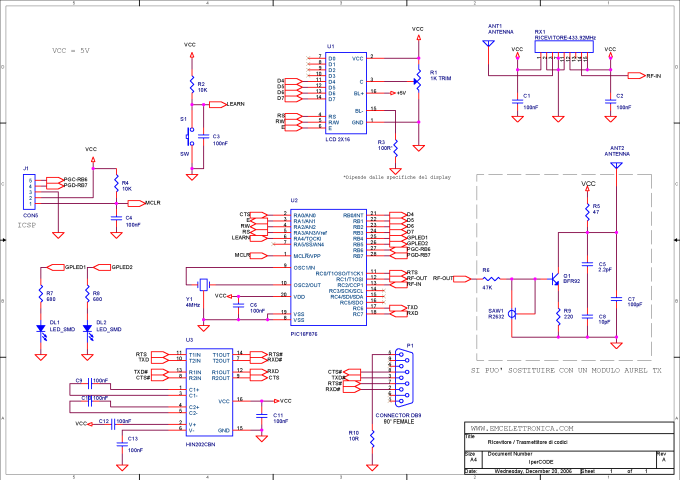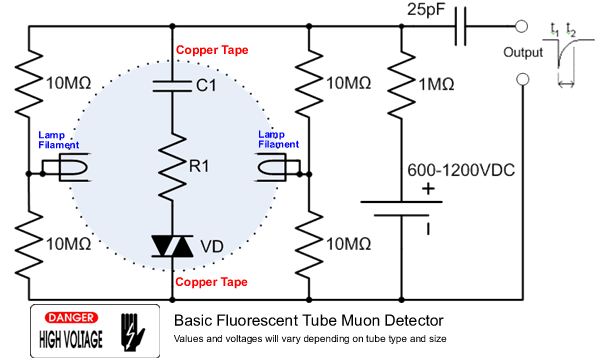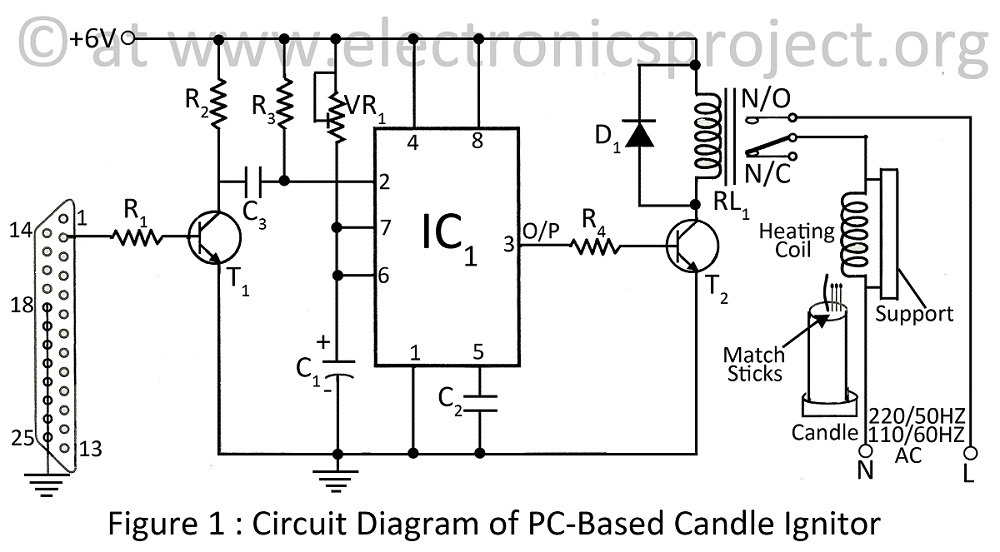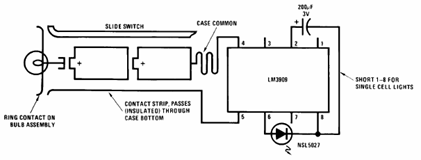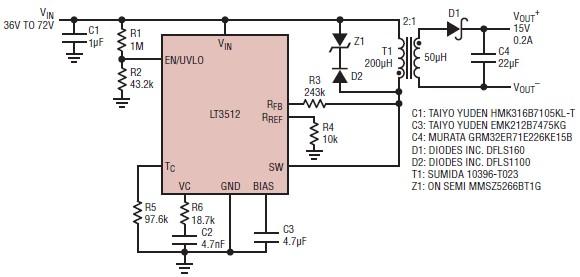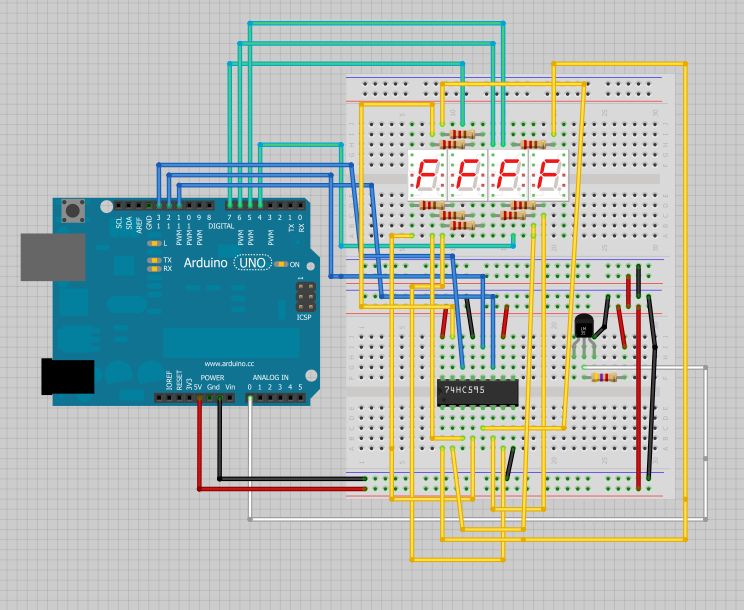
150MHz to 170MHz in 25kHz steps using a LMX2306 PLL
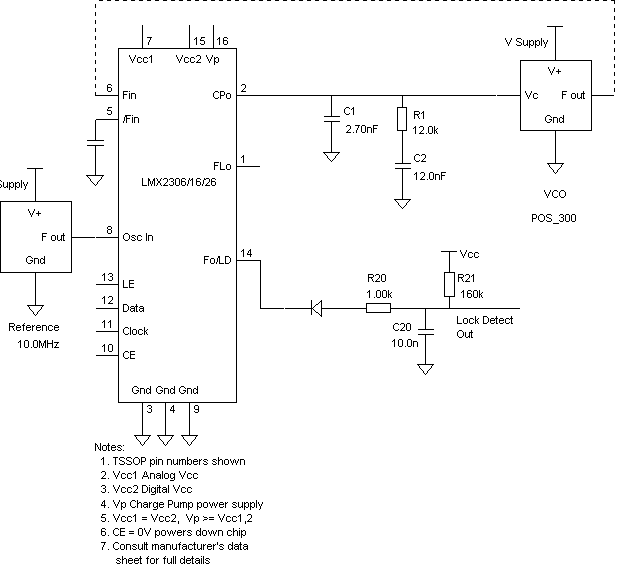
Using SimPLL's new PLL Wizard, a new Phase-Locked Loop (PLL) can be designed with just a few clicks. A PLL has been designed that tunes from 150 MHz to 170 MHz in 25 kHz steps, utilizing the LMX2306 PLL integrated circuit (IC) and a MiniCircuits POS300 Voltage-Controlled Oscillator (VCO). Since both the LMX2306 and MiniCircuits POS300 are included in the libraries, no device data entry is necessary. The PLL is configured with a loop bandwidth of 2.5 kHz and a phase margin of 45 degrees. SimPLL predicts the phase noise from the synthesizer. In evaluating the phase detector current settings, a comparison was made between the 250 µA setting (red trace) and the 1 mA setting (blue trace), both maintaining a loop bandwidth of 2.5 kHz. The difference in performance is attributed to the larger loop filter resistor present in the lower current case. Additionally, the effect of 1 nA of DC current at the phase detector is examined, which may result from phase detector leakage, loop filter capacitor leakage, or VCO varactor diode leakage. The modulation frequency response of the VCO shows peaking around the loop bandwidth, with the blue trace representing a 45-degree phase margin and the red trace indicating a 60-degree phase margin to minimize peaking. Loop settling behavior is illustrated in the plot of frequency error, indicating that the loop takes approximately 1.1 ms to lock within 1 kHz and 1.5 ms to achieve a lock within 10 Hz. The VCO phase error is a critical parameter in many digital communications systems; the transient response indicates that the VCO requires about 1.1 ms to lock within 10 degrees of its final phase. SimPLL provides insights into the output of the lock detect filter, with the blue trace representing the output from a two-time constant analog lock detect filter depicted in the schematic, while the red trace shows the lock detect output from the LMX2306 digital lock detect circuit. Design parameters such as loop bandwidth, phase margin, and charge pump current can be varied to observe changes in PLL performance. A customizable report is also available, offering details on phase noise, phase jitter calculations, residual FM, ACI, and ACR calculations. Furthermore, SimPLL can design and simulate PLLs using switched loop filters for expedited locking. This tool enables optimization of designs in minutes that previously required physical construction and measurement.
The PLL design process using SimPLL's PLL Wizard streamlines the creation of a versatile and efficient PLL configuration. The LMX2306 PLL IC, known for its low phase noise and wide frequency range, works in conjunction with the MiniCircuits POS300 VCO, which provides stable frequency output. The design's loop bandwidth of 2.5 kHz ensures that the system can respond effectively to frequency changes while maintaining stability. The phase margin of 45 degrees is a critical design criterion, as it balances stability and transient response.
The phase detector current settings play a significant role in the performance of the PLL. The comparison between the 250 µA and 1 mA settings highlights the impact of current on the loop filter's effectiveness in minimizing phase noise and achieving stable locking. The analysis of DC current effects at the phase detector reveals potential sources of noise that can degrade performance, emphasizing the importance of careful component selection and layout in PLL design.
The modulation frequency response illustrates how the PLL responds to changes in input signal frequency, with the observed peaking indicating the sensitivity of the system around its bandwidth. The settling time data provides valuable insights into the speed of the PLL's response to input frequency changes, which is crucial for applications requiring rapid frequency adjustments.
The lock detect filter outputs demonstrate the differences between analog and digital lock detection methods, providing insight into the PLL's operational status. The ability to customize design parameters and generate detailed reports enhances the design process, allowing engineers to optimize performance based on specific application requirements.
In summary, the SimPLL PLL Wizard offers a powerful platform for designing and simulating PLLs, enabling rapid development and optimization of high-performance frequency synthesis solutions in various electronic applications.Using SimPLL`s new PLL Wizard you can design a new PLL with a few clicks of the mouse. We have just designed one that tunes from 150MHz to 170MHz in 25kHz steps using a LMX2306 PLL IC and a MiniCircuits POS300 VCO. and because the LMX2306 and MiniCircuits POS300 are in the libraries, you haven`t had to enter any device data.
The PLL has been desig ned with a loop bandwidth of 2. 5kHz and a phase margin of 45degrees. SimPLL predicts the phase noise from the synthesizer. To evaluate which phase detector current setting to use we compared the 250uA setting (red trace) to the 1mA setting (blue trace), both with a loop bandwidth of 2. 5kHz. The difference is due to the larger loop filter resistor in the low current case. Showing the effect of 1nA of DC current at the phase detector. This could be from phase detector leakage, in some cases from loop filter capacitor leakage or VCO varactor diode leakage.
Modulation frequency response from modulating the VCO, showing the peaking around the loop bandwidth. Blue trace is with a 45 degree phase margin, red trace has a 60 degree phase margin to reduce peaking.
Loop settling is easily observed on the plot of |frequency error|. This shows at a glance that the loop takes about 1. 1ms to lock to within 1kHz and 1. 5ms to lock within 10Hz The VCO phase error is an important parameter in many digital communications systems - here we can see that for the transient plotted above, the VCO takes about 1. 1ms to lock to within 10 degrees of its final phase. SimPLL even provides you with details of the output of the lock detect filter. Shown here in the blue trace is the output from the two time constant analog lock detect filter shown in the schematic, the red trace is the lock detect output using the LMX2306 digital lock detect circuit.
You can vary any of the design parameters (such as loop bandwidth, phase margin, charge pump current etc) or component values and watch how the PLL performance changes. Add to this is a report that you can customize to provide phase noise details, phase jitter calculations, residual FM, ACI and ACR calculation.
SimPLL even designs and simulates PLL`s using switched loop filters for faster locking. SimPLL will have you optimising designs in minutes that you had to build and measure before. 🔗 External reference
The PLL design process using SimPLL's PLL Wizard streamlines the creation of a versatile and efficient PLL configuration. The LMX2306 PLL IC, known for its low phase noise and wide frequency range, works in conjunction with the MiniCircuits POS300 VCO, which provides stable frequency output. The design's loop bandwidth of 2.5 kHz ensures that the system can respond effectively to frequency changes while maintaining stability. The phase margin of 45 degrees is a critical design criterion, as it balances stability and transient response.
The phase detector current settings play a significant role in the performance of the PLL. The comparison between the 250 µA and 1 mA settings highlights the impact of current on the loop filter's effectiveness in minimizing phase noise and achieving stable locking. The analysis of DC current effects at the phase detector reveals potential sources of noise that can degrade performance, emphasizing the importance of careful component selection and layout in PLL design.
The modulation frequency response illustrates how the PLL responds to changes in input signal frequency, with the observed peaking indicating the sensitivity of the system around its bandwidth. The settling time data provides valuable insights into the speed of the PLL's response to input frequency changes, which is crucial for applications requiring rapid frequency adjustments.
The lock detect filter outputs demonstrate the differences between analog and digital lock detection methods, providing insight into the PLL's operational status. The ability to customize design parameters and generate detailed reports enhances the design process, allowing engineers to optimize performance based on specific application requirements.
In summary, the SimPLL PLL Wizard offers a powerful platform for designing and simulating PLLs, enabling rapid development and optimization of high-performance frequency synthesis solutions in various electronic applications.Using SimPLL`s new PLL Wizard you can design a new PLL with a few clicks of the mouse. We have just designed one that tunes from 150MHz to 170MHz in 25kHz steps using a LMX2306 PLL IC and a MiniCircuits POS300 VCO. and because the LMX2306 and MiniCircuits POS300 are in the libraries, you haven`t had to enter any device data.
The PLL has been desig ned with a loop bandwidth of 2. 5kHz and a phase margin of 45degrees. SimPLL predicts the phase noise from the synthesizer. To evaluate which phase detector current setting to use we compared the 250uA setting (red trace) to the 1mA setting (blue trace), both with a loop bandwidth of 2. 5kHz. The difference is due to the larger loop filter resistor in the low current case. Showing the effect of 1nA of DC current at the phase detector. This could be from phase detector leakage, in some cases from loop filter capacitor leakage or VCO varactor diode leakage.
Modulation frequency response from modulating the VCO, showing the peaking around the loop bandwidth. Blue trace is with a 45 degree phase margin, red trace has a 60 degree phase margin to reduce peaking.
Loop settling is easily observed on the plot of |frequency error|. This shows at a glance that the loop takes about 1. 1ms to lock to within 1kHz and 1. 5ms to lock within 10Hz The VCO phase error is an important parameter in many digital communications systems - here we can see that for the transient plotted above, the VCO takes about 1. 1ms to lock to within 10 degrees of its final phase. SimPLL even provides you with details of the output of the lock detect filter. Shown here in the blue trace is the output from the two time constant analog lock detect filter shown in the schematic, the red trace is the lock detect output using the LMX2306 digital lock detect circuit.
You can vary any of the design parameters (such as loop bandwidth, phase margin, charge pump current etc) or component values and watch how the PLL performance changes. Add to this is a report that you can customize to provide phase noise details, phase jitter calculations, residual FM, ACI and ACR calculation.
SimPLL even designs and simulates PLL`s using switched loop filters for faster locking. SimPLL will have you optimising designs in minutes that you had to build and measure before. 🔗 External reference
